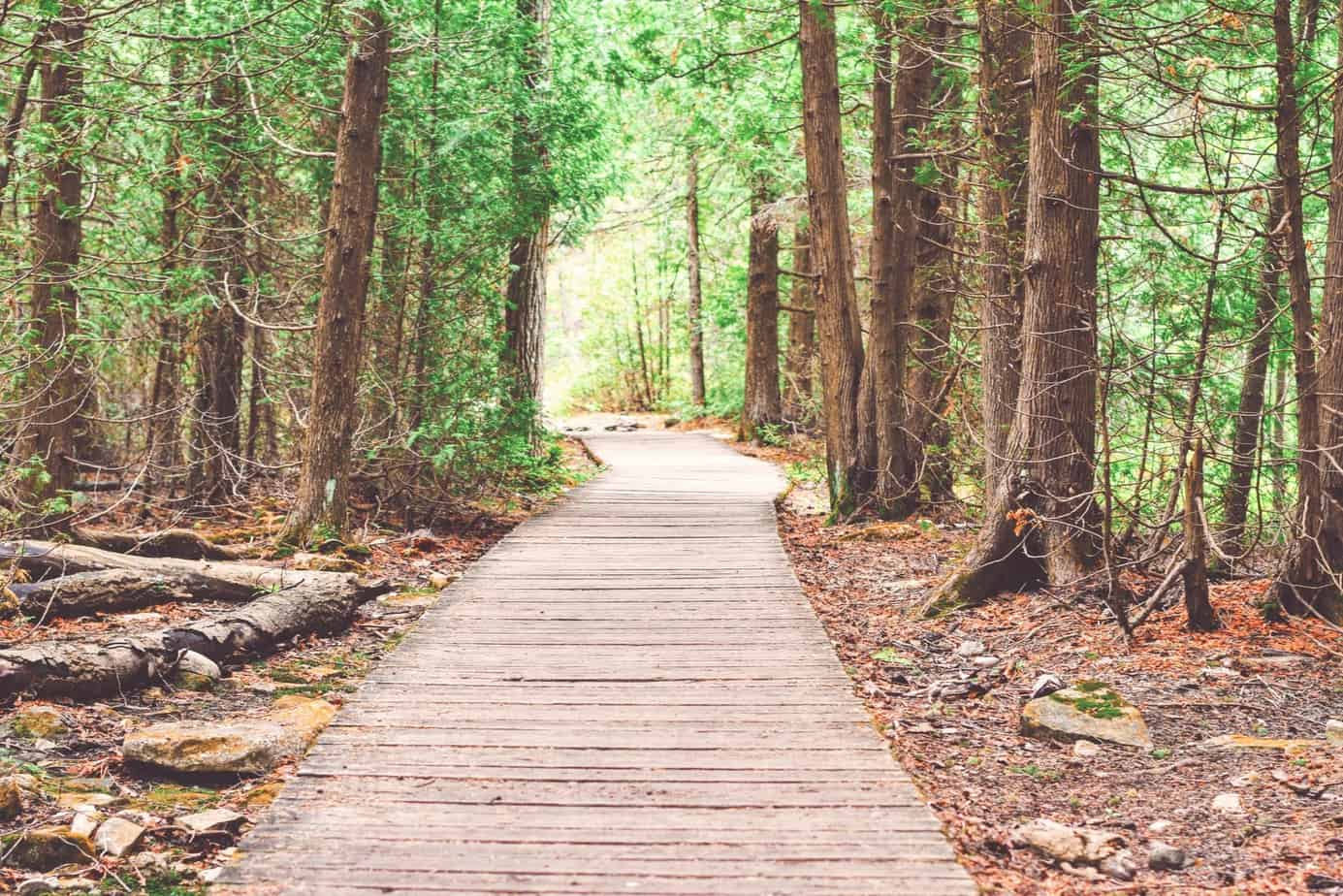
29
OctTravels Close to Home
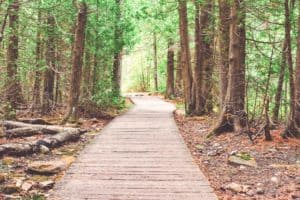 Life during the COVID-19 crisis presents no shortage of challenges, but for me one of the hardest to cope with has been losing the ability to travel. Long ago I set a goal and made a pact with myself to travel to at least one new country every year. Starting after college, I managed to stick to the plan and have had the pleasure of exploring wonderful places all over the world since then. Following each adventure I’d begin planning the next one, assuring that I always had something exciting to look forward to.
Life during the COVID-19 crisis presents no shortage of challenges, but for me one of the hardest to cope with has been losing the ability to travel. Long ago I set a goal and made a pact with myself to travel to at least one new country every year. Starting after college, I managed to stick to the plan and have had the pleasure of exploring wonderful places all over the world since then. Following each adventure I’d begin planning the next one, assuring that I always had something exciting to look forward to.
Of course I could never guarantee having the means to travel internationally every year, but I managed to find ways to reach new destinations even while on a limited budget. Some years I was able to save up and take an outright vacation, but other times I sought opportunities to travel for work or conferences, or I signed up for volunteer opportunities. During my most recent trip to Ghana in 2019 I bunked in a volunteer barracks without running water or indoor plumbing – “roughing it,” for sure! I never imagined that what would stand in the way of my goal would not be vacation time, funds, or opportunity, but rather a global pandemic forcing us to stick close to home for months!
Travel may not be completely banned as we navigate the current phase of coronavirus mitigation, but for all intents and purposes I do not see it as an option in 2020. The state’s current travel order calls for a potential two-week quarantine after returning to Massachusetts from all but a handful of locations. Logistically this would present problems, but even if I could do it, I wouldn’t want to take the risk, preferring to stay safe and limit my exposure to others while we wait for a vaccine. Eventually I had to embrace the concept of the “staycation,” and I wondered whether I could keep my wanderlust at bay and enjoy being a homebody for a while.
While homebound in March and April I was busy working remotely spending all day on my laptop and on Zoom. When I wasn’t working I ended up taking on projects in the house and garden that were ambitious and not exactly relaxing. Eventually cabin fever loomed large and prompted me to venture outside, discovering places to go nearby. Since then I have been pleasantly surprised by the multitude of outdoor destinations the Bay State has to offer.
Even with indoor sites and museums closed I discovered many places to hike and enjoy nature throughout the spring and summer. The non-profit Trustees of Reservations preserves and maintains properties throughout Massachusetts including historic estates, gardens, beaches, and more. I visited the impeccably maintained World’s End along the harbor in Hingham, and the picturesque Ames Estate in Easton. I enjoyed a stroll (as opposed to a more vigorous “hike”) at the Fork Factory Brook in Medfield, and another at Moose Hill Farm in Sharon. Our library has a guide to the Trustees’ properties, and their website has the latest information including changes in access due to Covid-19.
The Massachusetts Department of Conservation and Recreation manages a vast network of state parks with many options for outdoor activities. One of my lengthier hikes took place at Blue Hills, the massive reservation spanning multiple towns. Visitors may download a trail map for help navigating the over 7,000 acre site with over 120 miles of trails. I also had fun climbing around the rock formations at Purgatory Chasm in Sutton (and was glad I wore sneakers instead of flip-flops that day). The library lends out parking passes for the state parks.
Although I’d love to be on safari in Africa or exploring the Amazon in Brazil, I have enjoyed learning about local wildlife right here in Massachusetts. The Parker River National Wildlife Refuge on Plum Island attracts birdwatchers and photographers from near and far, with plenty of boardwalks, blinds and observation towers. The Mass Audubon wildlife sanctuaries throughout the state protect our wildlife and provide opportunities for outings and day trips.
If you’re interested in getting outside and exploring more of the local environment, the Minuteman Library Network and the Morrill Memorial Library have plenty of resources to help you decide where to go. Check out AMC’s Best Day Hikes Near Boston, or 50 Hikes in Eastern Massachusetts. They have a wide variety of field guides and books to help identify flora and fauna, and the library even has a birdwatching kit in its library of things, which includes binoculars, a field guide, and a CD of bird calls.
I recommend checking online or calling before any excursion; some sites such as Broadmoor in Natick and World’s End require timed tickets to prevent overcrowding. Many sites have reopened for outdoor activities but visitor centers and rest rooms remain closed.
When it is safe to do so, believe me, I will get on an airplane and venture off someplace far away, picking up where I left off with the plan to visit at least one new country every year. In the meantime, Massachusetts still has plenty to offer, and I am delighted to continue discovering its natural beauty.
Lydia Sampson is the Assistant Director at the Morrill Memorial Library in Norwood, MA. Look for her article in the October 29, 2020 issue of the Transcript and Bulletin.

22
OctZalloween: Zoom + Halloween = Some Alternatives to Trick-or-Treating
 Trick-or-treating has always been a huge part of the Halloween experience. Second only to finding the right costume, receiving free candy in exorbitant amounts has kids talking about Halloween for months in advance. This Halloween may be very different from any that have come before it. With social distancing and PPE, children will be under stress to be safer than ever before. And what if trick-or-treating is not an option?
Trick-or-treating has always been a huge part of the Halloween experience. Second only to finding the right costume, receiving free candy in exorbitant amounts has kids talking about Halloween for months in advance. This Halloween may be very different from any that have come before it. With social distancing and PPE, children will be under stress to be safer than ever before. And what if trick-or-treating is not an option?
Growing up in NH, the weather was not always cooperative. Some years it rained (or even snowed), and the weather put a damper on trick-or-treating. Undaunted, we created our own fun. A favorite activity was to create a haunted house, complete with bowls of veins, eyeballs, and blood (spaghetti, peeled grapes, and ketchup, respectively). My husband horrified me by sharing that when he and his brother were growing up they also created haunted houses. However, theirs was a bit more realistic, complete with an axe-wielding maniac jumping out and chasing hapless victims. I’m sure my mother-in-law put the kibosh on that one pretty quickly!
Halloween games were another way to enjoy the holiday. Pin the Tail on the Cat (or Nose on the Pumpkin) and the Great Donut Race (seeing who could gobble their hanging donut the fastest) were fan favorites and were always on the docket. We also played “Blind Man’s Bluff” and “Hide and Seek.” After the games, we were ready for a good creepy story or two that kept us and the neighborhood kids on the edge of our seats. My mother was a master at this. She told the story of “The Viper,” with much gusto. I was a scaredy cat, so she whispered in my ear, “it has a funny ending!” and I relaxed and enjoyed the story. As I was thinking back over these Halloweens from times past, I thought we could use some of those ideas and have a back-up plan that would enable our kids to still enjoy Halloween, even in 2020.
This generation of children (I call them “Baby Zoomers”) are already familiar with the online neighborhood. Why not use it to our advantage and host a virtual costume party? Kids can dress up and receive prizes for funniest, scariest, and most creative costumes. What to give as prizes? How about some of that candy that they would have been getting had they gone trick-or-treating?
I already mentioned a homemade Haunted House; there are tons of ideas out there on the internet to make an age-appropriate version. And for those of us with space constraints, how about a Fairy Haunted House? Just as much fun, but in miniature! Another fun activity is to let your children decorate their own bedrooms. This doesn’t have to be a costly option. Halloween decor and materials are readily available at your local Dollar Store. While you’re there, you can grab some great Halloween crafts, from costume-making to decorations. One super-easy and fun craft: making mini “real” Jack-O-Lanterns. Give them real mini pumpkins, markers, glitter, and googly eyes, and watch them create! (Hint: I saw these little gourds at Trader Joe’s for only 69 cents each!) It might be fun to have a Jack-O-Lantern contest, similar to the costume contest.
Another activity that kids love is baking. The library even has a mini pumpkin cake pan that you can check out! Kids can make their own mini pumpkin cake, complete with sugar googly eyes and purple and orange frosting. I have even seen edible glitter at Joann Fabrics or AC Moore. Perfect!
Your local library also has many different games and Halloween books, and of course Halloween movies: Hocus Pocus, Halloweentown, and It’s the Great Pumpkin, Charlie Brown, to name just a few. For the older kids, you could have a Harry Potter binge-a-thon and theme your entire event around it!
Below are a few websites to help with your Halloween plans. Good luck and happy haunting!
Monstrously Good Books for Kids
Glowing Ghost Jugs | Crafts for Kids
Top 25 Websites to Get You Ready for Halloween
Carla B. Howard is the Senior Circulation and Media & Marketing Assistant at the Morrill Memorial Library in Norwood, MA. Look for her article in the October 22, 2020 issue of the Transcript and Bulletin.

1
OctNot Just Another Job
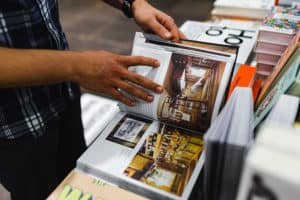 When I was in college, I worked part-time at a CVS developing one hour photos. It was a job I had started out loving – I liked the process of pulling the film in the blackout bag, putting the film through the chemical baths, and seeing the resulting photos. I had to go through the photos to make sure they developed correctly, and I tossed any defective prints so customers wouldn’t have to pay for them. I saw all ranges of humanity – including the highs (birthdays, weddings, vacations,) the mundane (home improvements, kids playing in the yard,) and the lows (car crashes, abuse, funerals.) It was a very busy store and we never seemed to have a lull in business.
When I was in college, I worked part-time at a CVS developing one hour photos. It was a job I had started out loving – I liked the process of pulling the film in the blackout bag, putting the film through the chemical baths, and seeing the resulting photos. I had to go through the photos to make sure they developed correctly, and I tossed any defective prints so customers wouldn’t have to pay for them. I saw all ranges of humanity – including the highs (birthdays, weddings, vacations,) the mundane (home improvements, kids playing in the yard,) and the lows (car crashes, abuse, funerals.) It was a very busy store and we never seemed to have a lull in business.
After two years of this, I was burnt out on this exposure and customer demand. I had to move on, but was stuck on where to go. A friend simply asked me, “What is your dream job?” It had literally never occurred to me to think like that, and I just assumed a young person with almost no job experience could do something other than fast food or the most basic of customer service jobs.
My answer had been, “To work at a bookstore!” My first choice had been a small locally owned store, and we also had a Barnes and Noble nearby. I applied to both, but figured I wouldn’t be called back. To my surprise, that local store, a place named Baker Books*, called me for an interview.
I don’t remember the details, but I somehow got the job. I was intimidated and excited to work with people I assumed would be very intellectual. Being surrounded by books, and knowing enough about many of them to offer recommendations seemed like a big responsibility. I wasn’t sure I was prepared.
I soon learned that though all of my co-workers were readers, the staff contained a plethora of personalities and backgrounds. There were some older women, one who had been a teacher and another a former social worker, who were great with book club picks. There were mothers who could recommend any children’s book for any age or occasion. There was a guy who didn’t love dealing with customers, but was a huge history buff and knew all about the local nautical culture, and he created painstakingly rendered model ships as a hobby. Kids in high school that read sci-fi and fantasy, or were interested in politics, and college students studying art, English, and biology. A person for every kind of book.
Book stores, much like libraries, attract a range of characters, and many times, when these people come together, connections are made that can last a lifetime. I still keep in touch with many of the friends I made there. I even met my husband there – although my first impression was, “oh god, who is this big weirdo?” But that was the thing – we were all kind of weirdos who worked well together in the name of books.
I spent five years working there. I went from an art student trying to earn money to keep my car running to full time bookseller and sometime events coordinator. I wasn’t great at recommending books at first. I made that classic mistake of recommending things I liked, and not what would work for a particular customer. When I couldn’t find a job teaching art, I stayed on and helped host author events. I met so many interesting people, including Augusten Burroughs, Elizabeth Berg, Christopher Moore, Gregory Maguire, and Jarrett Krosoczka. Being around these successful authors and running events helped me grow out of my shyness. I learned to plan the logistics of an event, work with community partners, design and send out marketing materials, and then stand in front of a group of people to introduce a speaker. I grew up there.
What started as a fun part time job changed the course of my life. Though I still love making and teaching art, books became my professional calling. After the bookstore, I went on to work in publishing in New York. I helped a sales team prepare materials to sell to clients and set up at book fairs, along with additional background support. But after a few years, I missed the interactions with new people everyday I had at the bookstore. And though I liked being a bookseller, I hated making people part with their hard earned money. I wanted to connect people with books, and plan and hold events. I wanted to know more about literacy and community. So I went to school at night to become a librarian.
I have always loved stories of how a chance meeting changed someone’s life, or how a person could fall into a totally different career almost on accident. I couldn’t have seen this coming when I started at that job twenty years ago, but it all seems fated from this side of my life. Though that part of my life is over, it is hard to believe the store itself is gone (the building was literally demolished last year.) Inside customers and employees alike, a local bookstore can live on forever in each of us.
*Baker Books was an independent bookstore that was established in New Bedford, Massachusetts in 1989. It later moved to a building in Dartmouth, where it stayed for the remainder of its 25 years.
Nicole Guerra-Coon is the Assistant Children’s Librarian at the Morrill Memorial Library in Norwood, MA. Look for her article in the October 1, 2020 issue of the Transcript and Bulletin.

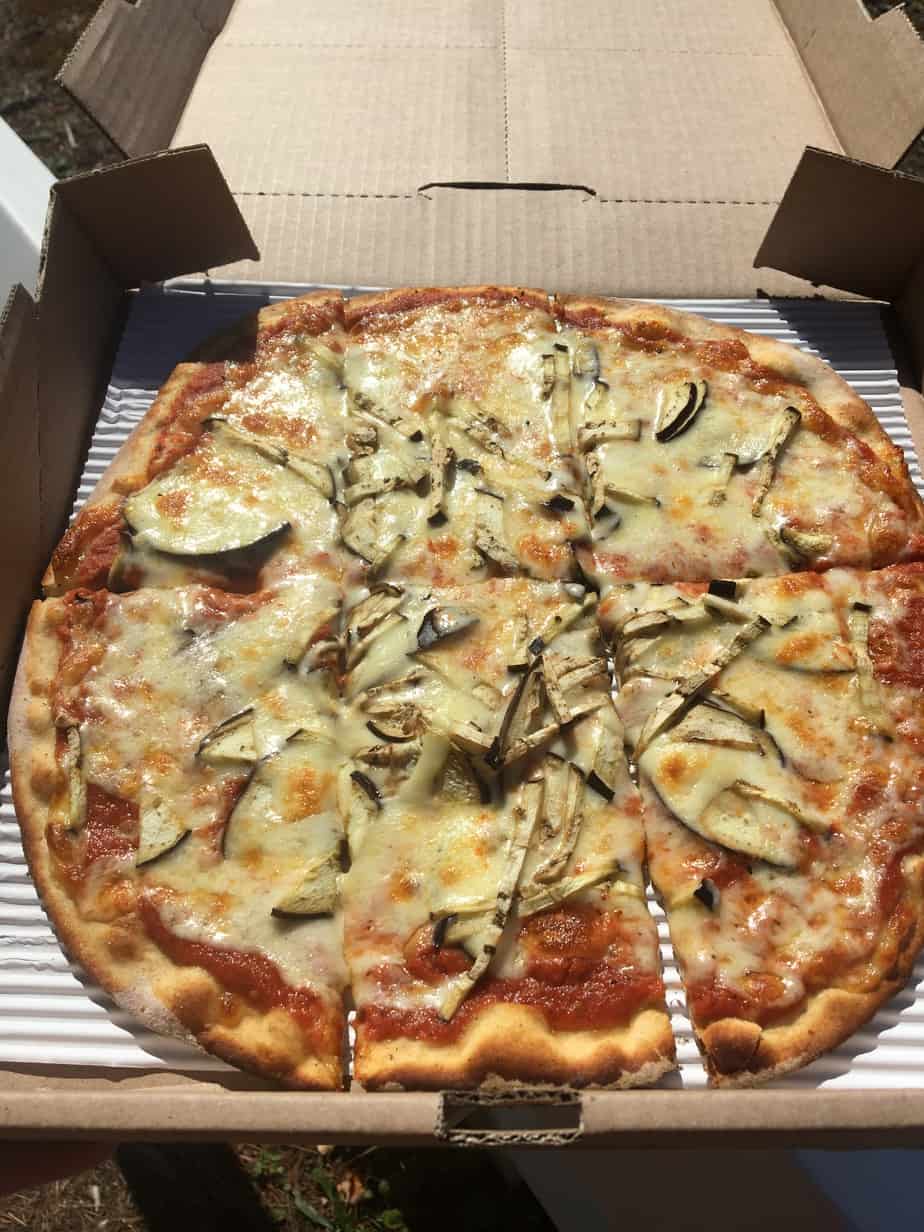
 Believe it or not, October is National Pizza Month. This might be one of those factoids that only catches a librarian’s interest, but did you know that on average three billion pizzas are sold every year in the United States? That breaks down to 350 slices every second. Likewise, it probably comes as no surprise that Americans prefer meat toppings to veggie at a ratio of roughly two to one, at least according to a 2018 survey by
Believe it or not, October is National Pizza Month. This might be one of those factoids that only catches a librarian’s interest, but did you know that on average three billion pizzas are sold every year in the United States? That breaks down to 350 slices every second. Likewise, it probably comes as no surprise that Americans prefer meat toppings to veggie at a ratio of roughly two to one, at least according to a 2018 survey by 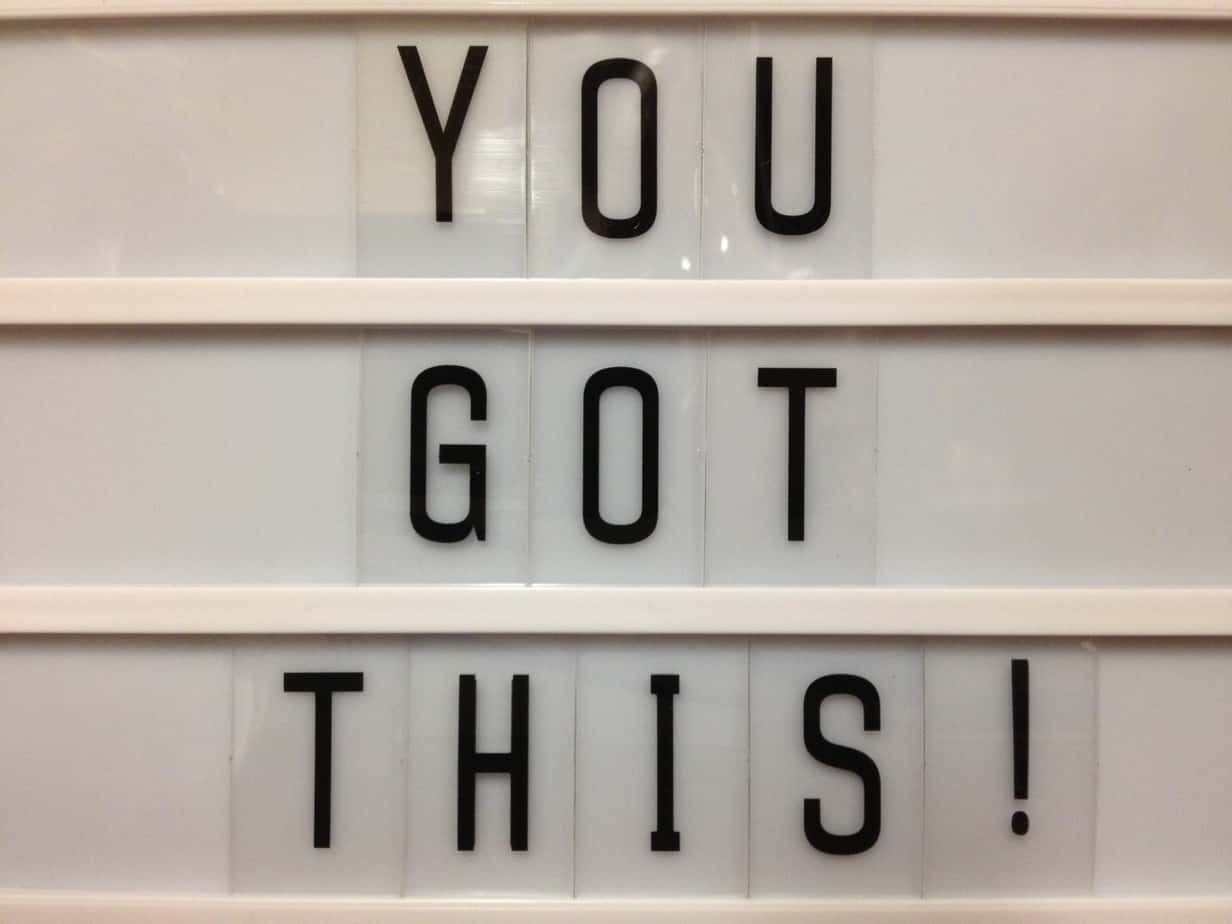
 These days, when it isn’t easy to get away or even just get out and socialize, more and more people are turning to books and other media as an escape. Audiobooks, normally my second choice after print, have achieved a new significance for me: they break the silence of semi-isolation with a human voice. You might think I’d lose myself in fiction, but nonfiction helps with the void created by my self-imposed news diet. I often choose titles about why we do what we do and how we can do things better. For reference, my last pick was
These days, when it isn’t easy to get away or even just get out and socialize, more and more people are turning to books and other media as an escape. Audiobooks, normally my second choice after print, have achieved a new significance for me: they break the silence of semi-isolation with a human voice. You might think I’d lose myself in fiction, but nonfiction helps with the void created by my self-imposed news diet. I often choose titles about why we do what we do and how we can do things better. For reference, my last pick was